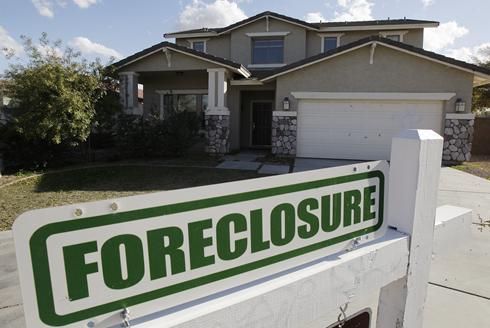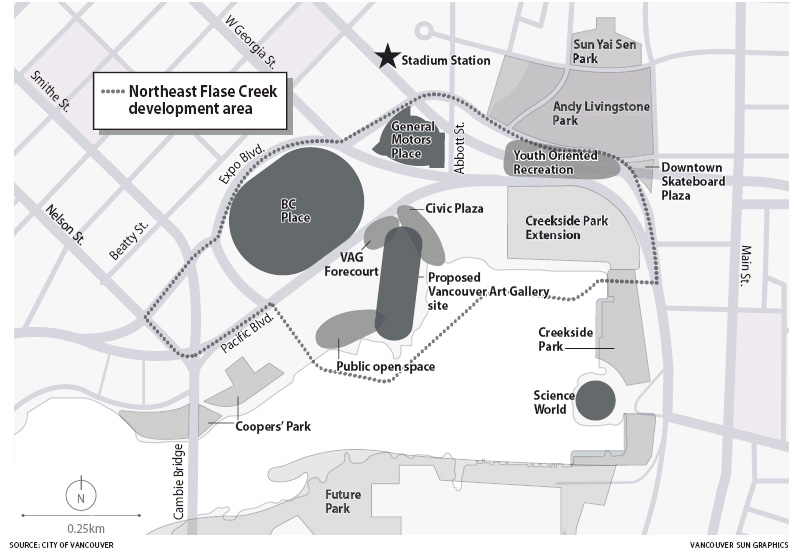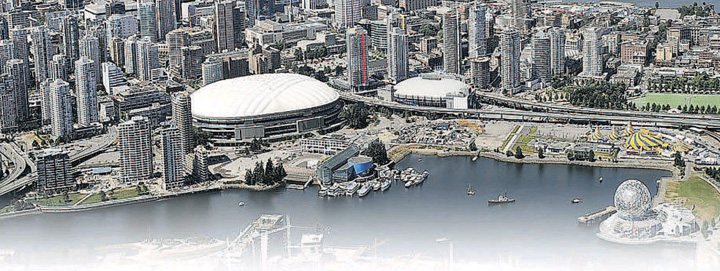Michael Smyth
Province
Thursday’s tax break for new-homebuyers shows there’s an old saying that’s highly applicable in B.C. politics these days: the squeaky wheel gets the grease.
Or, in this case, a reduction in your HST bill.
The Gordon Campbell government’s move to raise its HST rebate threshold on new homes to $525,000 follows a masterful behind-the-scenes lobbying effort — and a high-decibel public snit-fit — by the real-estate industry.
The sector, normally very supportive of Campbell’s Liberals, screamed long and loud about an HST sneak attack that was going to hit developers right where it hurts the most: in their profit margins.
Don’t forget the Greater Vancouver Homebuilders Association was one of the groups told directly in writing by the Liberals that the HST was a non-starter before the May election — only to be double-crossed once the Liberals got back into power.
The gloves were off. The industry went public with aggressive and damaging attacks on the government, including studies showing how the new tax would grossly inflate the price of new homes.
Behind the scenes, I’m told, well-connected real-estate players let their Liberal “friends” know exactly how disappointed they were — especially after they’d been so generous to the Libs in the past. Property developers donated nearly $700,000 to the Liberals last year — one of the party’s biggest sources of corporate loot.
All of which goes to show that if you make enough noise and twist enough arms, the government will take notice.
But it also shows how poorly the Liberals planned the rollout of their HST tax grab. The government originally set the rebate threshold at just $400,000 — arguing that was the average price of a new home in B.C. It was also the same HST rebate threshold introduced in Ontario.
But Ontario and the Lower Mainland are two very different real-estate markets. Just try to find a nice new house in Metro Vancouver for under $400,000!
But while the Liberals have placated one noisy and angry group, there are plenty more with their hands out looking for special HST deals of their own.
The restaurant sector is furious and promising to tighten the screws on the government. Ditto for tourism, mutual-fund managers, school districts, universities and on and on.
But with the government so broke — and with so little wriggle room in the straitjacket HST deal they signed with Ottawa — I suspect only the most vocal and well-connected groups will get the government’s attention.
So will you get an HST break on fast food, coffee and your morning newspaper like all those Joe Lunch Buckets did in Ontario? Don’t bet your TimBits on it.
© Copyright (c) The Province






